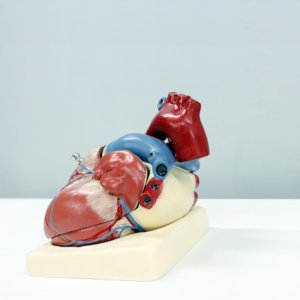Close Collaboration for Improved Healthcare Access

STORY INLINE POST
Q: What kind of health professional does UNAM’s School of Health Sciences aim to graduate?
A: UNAM seeks to graduate students who can become good general physicians and who can enter a graduate program or focus on a specialty in the near future. However, due to the diversity of majors the school offers, there is no unique profile of graduates. For example, professionals graduated from the Basic Biomedical Research program will most likely dedicate their life to research and will move toward graduate studies. Meanwhile, someone majoring in Forensic Sciences will be more likely to contribute to Mexico’s public safety. Also, UNAM offers a Plan of Combined Studies in Medicine, Bachelor’s and Doctorate (PECEM), which allows students to complete their undergraduate studies in six years and start with a Ph.D. in their second year. PECEM allows students to complete their major and a doctorate in medicine in 10 years.
Q: Former Minister of Health Armando Ahued says the lack of specialists in Mexico is an ongoing problem. How are universities addressing this issue?
A: Rather than a lack of specialists, I think doctors are badly distributed. On average, there are two to three doctors per 1,000 inhabitants. However, in cases like Mexico City, the concentration of doctors can be three times higher than in other regions.
This disparity should be addressed not only by universities but also through the National Health System. Around 8,000 doctors graduate from a specialty in Mexico every year but the available university placements are determined based on the vacancies in hospitals instead of the actual needs of the national population. Ideally, the government should have a way of organizing the country’s local and national health needs to have a clear idea of how many doctors and specialists are required by state, which would make it easier to distribute them.
Q: What is the best strategy for an academic-industrial alliance to ensure proper talent training to meet the challenges of a growing and rapidly changing health landscape?
A: A continuous, solid collaboration between industry and academia is necessary to ensure both sides are aware of how many doctors the country requires, what type of specialists and where they should be posted. Universities should have closer communication with the Ministry of Labor and Social Security (STPS), the Ministry of Health and the key industry players that participate in developing Mexico’s human capital. At the moment, the School of Health Sciences prioritizes its alliances with health sector authorities, rather than with the industry. Our goal is to change that in the short to medium term to provide students with better employment opportunities in their fields.
Q: How can UNAM collaborate in promoting a preventive health model?
A: Each federal administration modifies the National Health Plan every six years and always emphasizes primary care. The main problem with most approaches is that they try to implement a health model mostly focused on the center of the country. Instead, there should be proper incentives, training and benefits for all health professionals across the country. People also must get used to going to the doctor for prevention and check-ups and not only for healing and treatment. This requires an effort from all players in the sector to change the paradigms of medical attention and lifestyle.
Q: What are UNAM’s Health of Science Faculty’s main achievements?
A: Our most recent achievement was the approval of a new major in nutrition by the faculty’s technical council. The faculty believes this program will be key to counter the high level of obesity in Mexico through its focus on research and public policy. The faculty will also receive a new PET/CT machine in May 2019, which will be the most modern in the country and will be available to the entire Mexican population. In the coming months, the faculty will also open a unit for electron microscopy, with three state-of-the-art microscopes available to anyone who requires it, both at the university and in the country.
























